Maharashtra’s hot springs uniquely blend scenic beauty, medical benefits, and cultural significance, fostering emerging tourism. Geothermically active and mineral-rich, they are believed to promote relaxation and cure ailments. Over time, they have attracted wellness seekers, spiritual travellers, and ecotourism enthusiasts. Many springs hold local folklore and religious significance, enhancing their appeal. Set amidst lush, hilly landscapes, they provide a refreshing escape from urban life, offering tranquillity and rejuvenation.
Top 10 Must-Visit Hot Water Springs In Maharashtra
Maharashtra is home to several hot water springs, known for their therapeutic properties and scenic surroundings. Here are 10 must-visit hot water springs in the state:
1. Unhavare Hot Springs, Ratnagiri
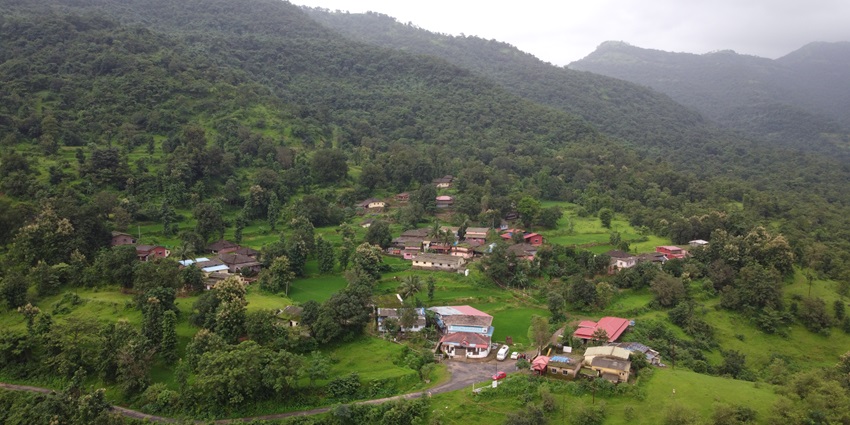
Photo: Nikhil More / Wikimedia Commons / Image For Representation Only
Unhavare Hot Springs, located in the Ratnagiri district, are famous for their sulfur-filled waters, which are believed to be cures for skin ailments and joint pain. Constantly flowing and delivering hot water to the ground even during this month, these springs are situated within an incredibly picturesque valley for anyone who seeks this place as a sweet retreat. The water is clear, slightly odorous due to sulfur, and flows into a small pond, which visitors can bathe in. Sacred to the local communities, the springs have cultural significance as well.
Timings: Open 24/7
Best Time To Visit: October – March
2. Ganeshpuri Hot Springs, Thane
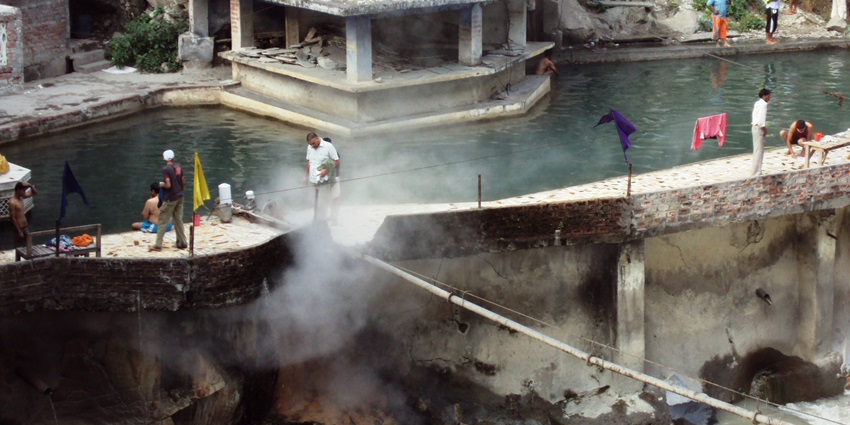
Photo: Aman Gupta / Wikimedia Commons / Image For Representation Only
Ganeshpuri Hot Springs located in Thane district are among the busiest geothermal sites in Maharashtra where spiritual people and wellness seekers congregate. These hot sulphur springs are located in the vicinity of the famous Nityananda ashram, which is itself a major pilgrimage site. Their waters are believed to contain curative properties for skin diseases and body pains. The area includes multiple hot water pools, each having its own specific temperature, wherein visitors usually come for bathing and relaxing or rejuvenating themselves.
Timings: 6 AM – 9 PM
Best Time To Visit: November – February
3. Tural Hot Springs, Ratnagiri
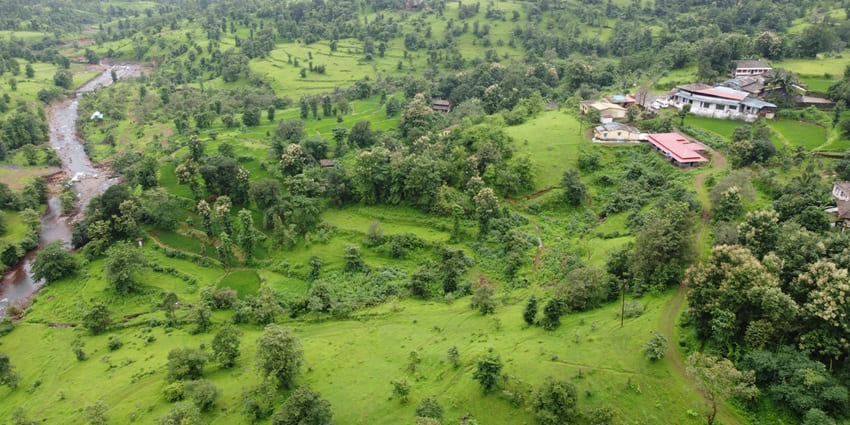
Photo: Nikhil More / Wikimedia Commons / Image For Representation Only
The Tural hot springs of Ratnagiri, in the Konkan region, are a natural wonder, often out of sight. The hot springs are rich in minerals, and they make a beautiful setting. The geothermal activity has ensured an incessant flow of hot water. This has been collected in natural pools where people can bathe. The temperature of the water is always warm, making it an enjoyable experience. Locally one says of the springs that they have medicinal qualities, therefore many of those coming here are those who suffer from skin problems or pain in their muscles.
Timings: Open 24/7
Best Time To Visit: October – March
4. Aravali Hot Springs, Sindhudurg

Photo: Nataraja / Wikimedia Commons / Image For Representation Only
Aravali Hot Springs, in the district of Sindhudurg, remain mostly undiscovered by many tourists and yet offer a peaceful retreat to those seeking solace and wellness. These naturally occurring geothermal springs are known to contain several minerals, especially sulfur, which are thought to cure skin and joint ailments. The water here is always warm, allowing for a perfectly comfortable bathing experience at any time of the year. The entire area is beautifully surrounded by greenery and small hills.
Timings: Open 24/7
Best Time To Visit: October – February
5. Rajapur Hot Water Springs, Ratnagiri
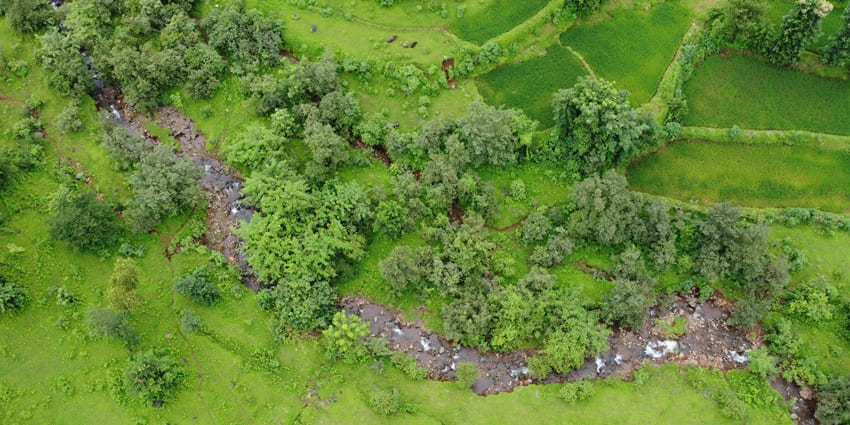
Photo: Nikhil More / Wikimedia Commons / Image For Representation Only
Rajapur Hot Water Springs comprise a suite of about 14 geothermal springs located in the coastal district of Ratnagiri, discharging at varying temperatures. Flowing high-sulfur water is famous for the cure of skin ailments and joint pains. Unlike many other springs, the waters of Rajapur rise from rocky crags to form natural hot pools that must-have ambience with dense foliage presenting great potential for natural healing. Therapeutically famed, the springs were visited by the local populace for centuries.
Timings: Open 24/7
Best Time To Visit: November – March
6. Vadgaon Hot Springs, Kolhapur
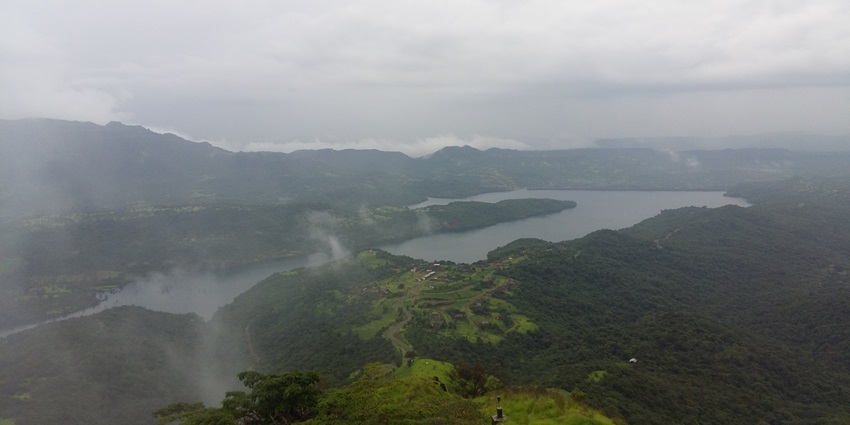
Photo: Abhijeet.Patil / Wikimedia Commons / Image For Representation Only
The Vadgaon Hot Springs, located in the Kolhapur district, are near the shores of the Warna River. A typical geothermal site, the spring is often visited by locals. The spring water, which is heat exposed to hordes 1,244 feet underground volcanic activity, is reputed to have magical powers. The springs are said to be rich in sulfur and other minerals, which are effective for skin diseases, muscular relaxation, and arthritis relief. The site consists of several natural hot water pools for visitors to indulge in. It’s peaceful and very scenic, as Vadgaon Hot Springs finds it nestled around greenery.
Timings: Open 24/7
Best Time To Visit: October – February
7. Akloli Hot Springs, Thane
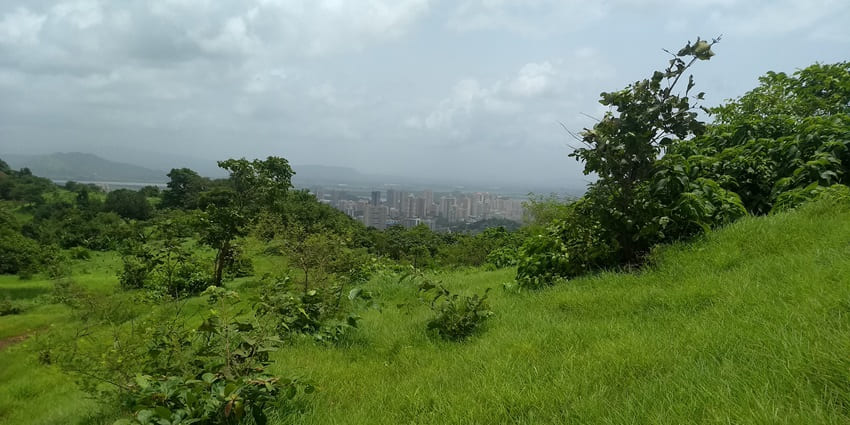
Photo: Dinesh Valke / Wikimedia Commons / Image For Representation Only
The Akloli hot springs, located close to Ganeshpuri in the Thane District of Maharashtra, are among the most famous geothermal sites of the state. The site cradles a number of pools containing warm water. Akloli is also closely related to the religious town of Ganeshpuri, making it a popular religious site. Many devotees who go to the springs, carry on to their pilgrimage to the Vajreshwari Temple in the vicinity, adding to the spiritual significance of the site.
Timings: 6 AM – 9 PM
Best Time To Visit: November – February
8. Sawantwadi Hot Springs, Sindhudurg
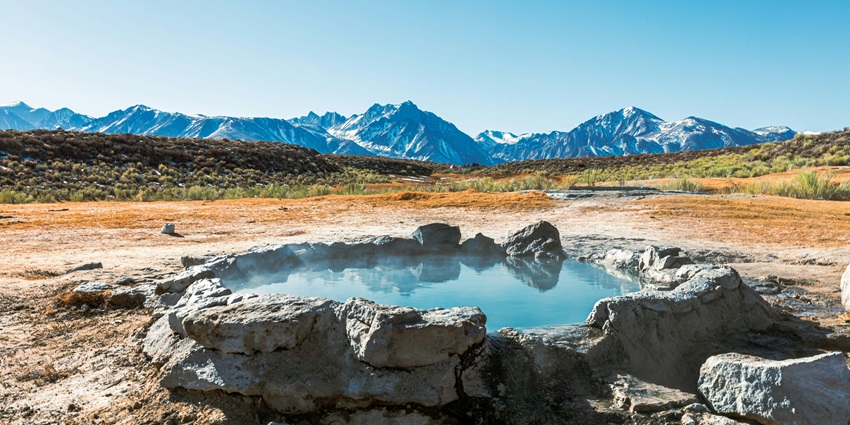
Photo: Levan Badzgaradze / Unsplash / Image For Representation Only
Sawantwadi Hot Springs hidden in the heart of Sindhudurg district is an alluring destination for warm mineral waters located near a spectacular location. The region has natural geothermal activities that maintain the continuous flow of hot water, and the locals testify to its healing properties. This place is mostly surrounded by thick green cover, which stands it as a charming spot for nature lovers. The spring is untouched unlike commercialised hot springs open to the general public, making it remarkably beautiful for offering a peaceful experience.
Timings: Open 24/7
Best Time To Visit: October – February
9. Salbardi Hot Springs, Amravati
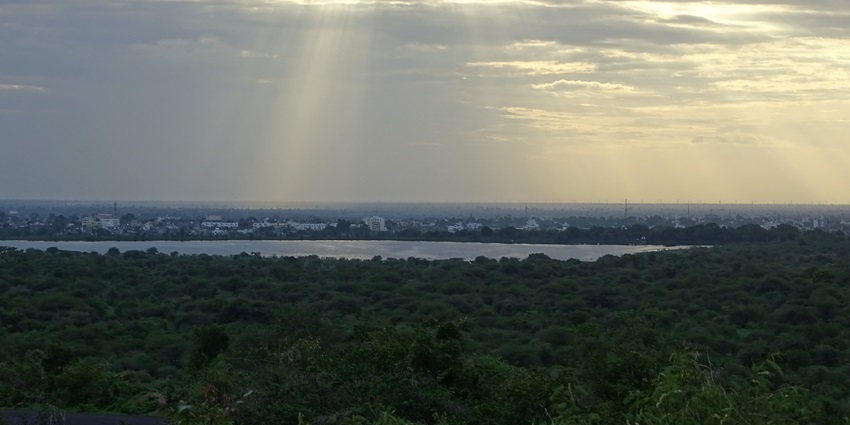
Photo: Ankitfunk / Wikimedia Commons / Image For Representation Only
Salbardi Hot Springs are a bit of modern technology in Vidarbha region. In this part of the state, it is a rare type of geothermal feature. The hot water of the place comes from underground sources and creates small natural pools suitable for bathing. Rich mineral sulfur, typical of this place, is known to cure a variety of skin diseases and muscle pains. The site is noted for its rocks and forest cover, making it a very anterior place for nature lovers and adventure seekers.
Timings: Open 24/7
Best Time To Visit: October – February
10. Jalgaon Hot Springs, Jalgaon

Photo: JT Ray / Unsplash / Image For Representation Only
In the northern part of Maharashtra, the Jalgaon Hot Springs really do stand alone as the rather lesser-known geothermal sites of the state. The natural hot water pools are said to be rich with minerals and helpful for treating many ailments of the skin or muscle. The springs have an out-of-the-way and rustic allure, to suit the agricultural fields and small villages. Warm throughout the year, the waters attract locals who hold their healing properties as gospel.
Timings: Open 24/7
Best Time To Visit: November – February
Maharashtra’s geothermal springs offer wellness seekers a perfect blend of natural therapy and culture. Rich in minerals, their soothing waters ease stress, while serene surroundings enhance relaxation. Enjoy a spa day or bring home rejuvenation. Let TripXL manage your itinerary, from bookings to guided tours, ensuring a seamless hot springs adventure with expert local insights.
Cover Photo: DestinationFearFan / Wikimedia Commons / Image For Representation Only


 WhatsApp
WhatsApp
 Twitter
Twitter









